Aquatic Invasive Species
Control of AIS is a priority for the LLID. The LLID will use any environmentally acceptable means necessary to control and/or eliminate present AIS species. An example of this would be continued CLP treatment as previously discussed. Scientific surveys will be completed to assess need for treatment and develop a prioritized treatment plan for AIS treatment. AIS management may also include public education and outreach of responsible use for landowners and lake visitors.
We also encourage our residents to follow the MN Invasive Species Laws, MN DNR.
Established Invaders:
Zebra mussels
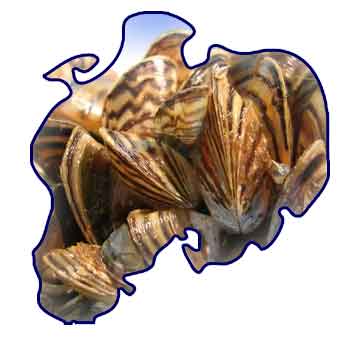
Zebra mussels are small animals with a striped, D-shaped shell composed of two hinged valves joined by a ligament. The shells are typically one-quarter inch to one and one-half inches long, depending on age, with alternating yellow and brownish colored stripes. Adults are typically fingernail-sized. Zebra mussels attach to hard surfaces underwater.
Zebra Mussel Fact Sheet, MN DNR
Curly-leaf Pondweed
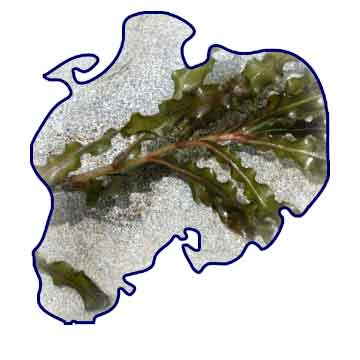
Curly-leaf pondweed generally grows from the shore to water depths of 15 feet, and can grow up to 15 feet tall. It tolerates low water clarity and will readily invade disturbed areas. Curly-leaf can be distinguished from native pondweeds by its unique life cycle. Turions sprout in the fall, and it is generally the first pondweed to come up in the spring. It typically flowers, fruits, and produces turions in June before dying back in mid-summer.
Curly-leaf pondweed Fact Sheet, MN DNR
Top Three Threats to the Lida Area Lakes:
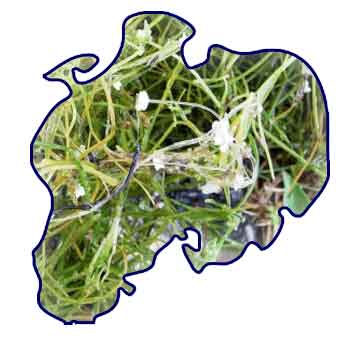
Starry stonewort is a macro-algae, meaning it does not have a vascular system like true plants. Each branchlet or stem is a single cell. Native populations consist of both males and females, but all known introduced populations in North America are male. Bulbils are present throughout the growing season, but become most obvious and plentiful in late summer. Starry stonewort may form a dense carpet of material in shallow areas.
Starry Stonewort
Starry Stonewort Fact Sheet, MN DNR
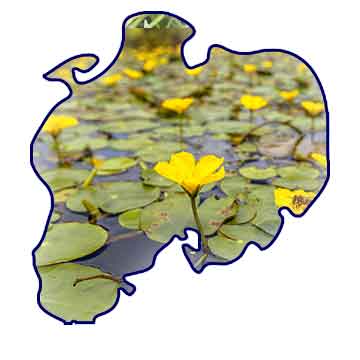
Yellow Floating Heart Similar to Yellow Water Lily, this plant has heart shaped leaves up to 4 inches long and yellow flowers. Native Yellow Water Lily has much larger leaves. This plant can clog shoreline areas with growth.
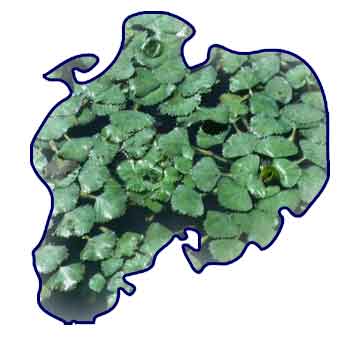
Water Chestnut Floating plant with aspen type leaves and small white flowers. Can cover the water surface.